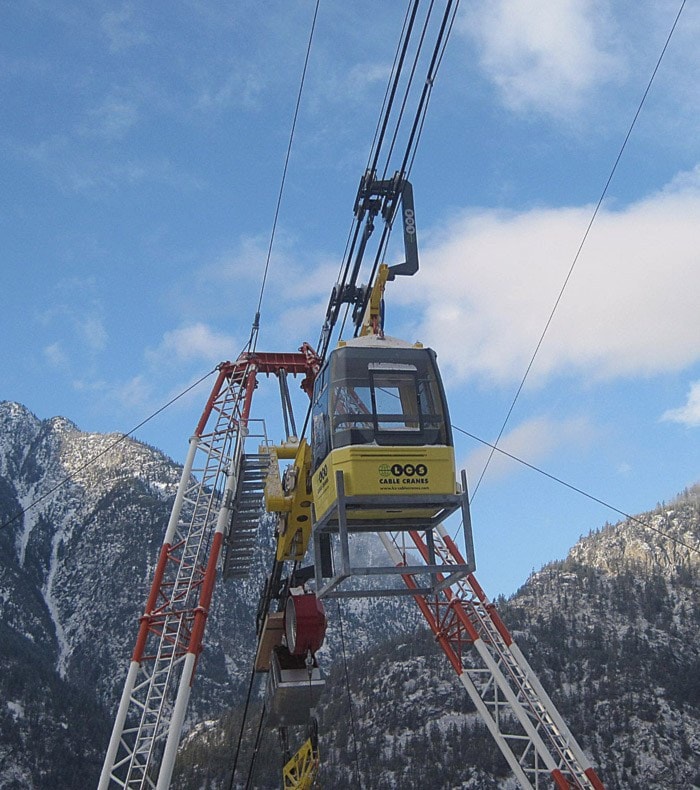Kimberly Campbell and Inge Wilson
Contributors
The Fraser River begins its 1,375-kilometre journey as a dripping spring near Mount Robson on the B.C.-Alberta border.
It flows across and down the province before finally emptying into the Pacific Ocean, where it deposits almost 85 billion cubic metres (three trillion cubic feet) of fresh water and over 200 million tons of sediment every year.
The river was a crucial First Nations trade route used for thousands of years to link interior people with those along the coast. The journey of Simon Fraser and the 1858 Fraser River Gold Rush were made possible by its freely flowing waters. It remains an important migratory route for spawning salmon.
Today, we take great pride in the fact that the Fraser is known world-wide as a vast, untamed river. This claim has not always been guaranteed.
During the 1950s, serious thought was given to damming the Fraser. In 1951, The Hope Standard reported that engineers were studying the Fraser River’s power potential above Hope. A dam at Moran, near Lillooet, “would be the biggest single power unit in the world.” It would meet increased electrical demand within British Columbia and create a surplus of power to be sold to the United States. Following the disastrous 1948 flood in the Fraser Valley, it was also to assist with Fraser River flood control.
The Moran Dam was to reach a height of 261 metres and would create a 260-kilometre-long reservoir stretching from just north of Lillooet all the way to Quesnel. Due to its immense size, several important environmentalists, including Roderick Haig-Brown, opposed the project citing the destruction of salmon runs.
It was also predicted that the high silt content of the Fraser River would clog turbines in a dam at Moran after a mere ten years of operation. The projected high maintenance costs of the dam, impact on the environment, and lack of funds all contributed to the defeat of the proposal in the late 1950s.
In 1970, the Moran Dam proposal was revisited when BC Hydro predicted a more than 10 per cent rise in annual provincial power consumption. A 1971 joint report by the federal Department of Fisheries and the International Pacific Salmon Fisheries Commission stated a dam at Moran would destroy all salmon populations spawning upstream of it and at least 50 per cent of those downstream. The idea was thus defeated for a final time in 1972.
While the Fraser River itself has remained undammed, many of its tributaries have been considered for small-scale hydroelectric operations known as “Run of River” (ROR) projects. These provide power with little to no storage of water, thus limiting the environmental impact. A pipe or tunnel diverts the creek through a turbine, and then returns the water back into the main flow further downstream. This relatively new technology has still raised concerns about reduced river flow volumes and the disturbance of previously pristine areas.
The ROR Scuzzy Creek Power Plant, located near Boston Bar, has been operating since the late 1990s. In June 1997, Global Cogenix Industrial Corporation announced that this six-megawatt plant was operating at optimal rates and that energy production was above the targeted levels. In 2005, a Crown land tenure application was submitted to the B.C. government for the construction of the Scuzzy Creek II Hydroelectric Project. On completion, this second ROR operation was projected to produce an additional 13.5 megawatts of power.
In 2003, BC Hydro announced that their “Green Power Generation Pre Qualified Projects” list included ROR projects on Hope/Fraser Canyon waterways at Berkey Creek, Scuzzy Creek, Hunter Creek, Kookipi Creek, Log Creek, and Spuzzum Creek.
While the number of ROR projects and proposals has increased dramatically since the early 2000s, Scuzzy Creek is the only ROR project in operation in the Hope/Fraser Canyon area even though a total of 70 independent power producers are supplying power to BC Hydro.
One new ROR project currently under construction is 14 kilometres south of Lytton. The Kwoiek Creek hydroelectric project is a joint project between the Kanaka Bar Indian Band and Innergex Renewable Energy. When completed, it will supply power to BC Hydro equivalent to the needs of approximately 20,000 homes.
Throughout BC history, the demand for power and energy has increased exponentially. Our history of energy does indeed boast of a powerful past, and as we move further into the 21st century, many hope for a sustainable power future.
